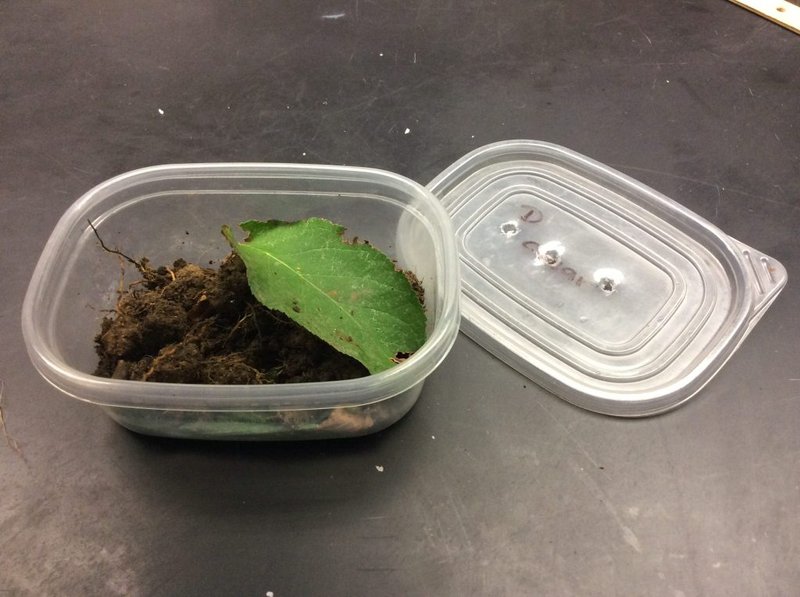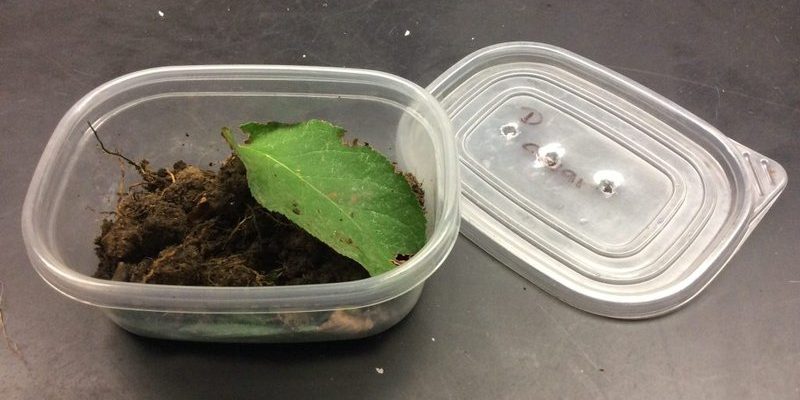
Think of velvet worms as nature’s little clean-up crew. As they crawl through the leaf litter, they help decompose the organic matter, contributing to a healthy ecosystem. This process is vital for maintaining soil fertility and supporting plant growth, ultimately allowing forests to thrive. So, why are velvet worms so important in this whole decomposition dance? Let’s dig deeper and explore their fascinating contributions.
What Are Velvet Worms?
Velvet worms, belonging to the phylum Onychophora, are unique, soft-bodied invertebrates found mainly in tropical and subtropical regions. Picture a mix between a worm and a caterpillar, with a velvety texture and a segmented body. They can range from about 1 to 10 inches long and often have a variety of colors, typically brown or green, which helps them blend into their leaf litter habitat.
These creatures are more than just cute; they’re fascinating hunters as well. Velvet worms have specialized slime glands that they use to trap and immobilize their prey—usually small insects. This hunting technique is not only interesting but contributes to the balance of the ecosystem by keeping pest populations in check.
When we consider their role in leaf litter decomposition, velvet worms are like tiny recyclers. They feed on decomposing organic matter, such as dead leaves and plant material, breaking it down into smaller particles. This action not only helps prevent nutrient loss but also creates a healthier environment for other organisms.
The Role of Leaf Litter in Ecosystems
Leaf litter is essentially a layer of decomposed leaves, twigs, and other organic matter that falls to the forest floor. It might seem like just a pile of debris, but it plays a vital role in the ecosystem. This layer provides shelter for numerous small creatures and helps retain moisture in the soil, promoting healthier plant growth.
Additionally, leaf litter is crucial for the nutrient cycle. When leaves decompose, they release essential nutrients back into the soil. This nutrient-rich soil supports trees and plants, making for a robust ecosystem. Without the decomposition of leaf litter, our forests would struggle to thrive.
The process of decomposition is where velvet worms come into play. As they munch on the decomposing leaves and other materials, they enhance this natural recycling process. It’s a perfect example of how every little creature, even those that might go unnoticed, plays a huge role in maintaining the health of our planet.
How Velvet Worms Aid Decomposition
So, how exactly do velvet worms contribute to the decomposition process? It all starts with their diet. By feeding on decaying organic matter, they break it down into smaller, more manageable pieces. This action accelerates the decomposition process, making nutrients available to plants more quickly.
Moreover, when velvet worms move through the leaf litter, they create tunnels that allow air and moisture to penetrate deeper into the soil. This aeration is essential for microorganisms, like bacteria and fungi, that decompose organic matter even further. It’s a beautiful symbiotic relationship; velvet worms create the right environment for microorganisms to thrive, and in turn, these tiny life forms help break down the material that sustains the worms.
Honestly, it’s almost like a mini ecosystem exists within the leaf litter, where velvet worms are the facilitators of life and decay. Without their presence, the decomposition process would slow down, affecting the entire forest’s health.
Why Velvet Worms Are Important for Soil Health
The presence of velvet worms in leaf litter doesn’t just help with decomposition; it significantly impacts soil health. Healthier soil means better nutrient availability for plants, which is vital for sustaining forests and ecosystems. When velvet worms break down leaves and other organic materials, they contribute to the formation of humus, a rich organic component of soil.
Humus is essential for retaining moisture and nutrients, acting like a sponge for the soil. This helps plants grow stronger and more resilient against droughts or pests. So, in a way, velvet worms act as nature’s gardeners, helping to foster an environment where life can flourish.
In addition, healthier soil contributes to better water retention, reducing runoff and erosion. This is especially important in forest environments where heavy rains can wash away nutrients. Velvet worms play a small but mighty role in helping to keep the soil intact and fertile.
The Relationship Between Velvet Worms and Other Decomposers
It’s important to remember that velvet worms don’t work alone. They’re part of a larger community of decomposers, including fungi, bacteria, and other small invertebrates. Each of these players has its role in breaking down organic matter.
While velvet worms help by munching through leaf litter, fungi and bacteria break down the materials on a microscopic level. This teamwork is what makes the decomposition process so effective. Without the collaborative efforts of all these organisms, the forest floor would be less productive, and nutrient cycling would suffer.
You might be wondering how this network of decomposers interacts. For instance, when a leaf falls, fungi quickly begin to break it down into simpler compounds. When velvet worms consume this decaying matter, they indirectly assist in the fungal breakdown by further shredding the material, increasing surface area for microbes to act on.
This relationship highlights the importance of biodiversity in ecosystems. The more diverse the decomposer community, the more effective the decomposition process will be, meaning velvet worms are just a small piece of a much larger puzzle.
Conservation and the Future of Velvet Worms
With their important role in ecosystems, it’s vital to consider velvet worms and their habitats’ conservation. Unfortunately, many forest areas are threatened by deforestation, climate change, and pollution. These changes can have dire effects on the delicate balance of ecosystems, including the populations of velvet worms.
To ensure the survival of these creatures and their contributions to leaf litter decomposition, conservation efforts must focus on preserving their habitats. This includes protecting forests and promoting sustainable land use practices. By doing so, we can help maintain the rich biodiversity that includes velvet worms and supports healthy ecosystems.
You might think, “What can I do?” Supporting environmental initiatives, practicing sustainable habits, and spreading awareness about the importance of all creatures—even the lesser-known ones like velvet worms—can make a difference. Every bit counts when it comes to preserving our natural world.
Velvet worms may not be the first creatures that come to mind when thinking about leaf litter decomposition, but they are truly remarkable. By feasting on decaying organic matter, these little creatures play an essential role in nutrient recycling and soil health. Their contributions are crucial for maintaining the delicate balance of ecosystems, demonstrating just how interconnected life can be.
As we learn more about the environment and the roles of various organisms, it becomes clear that every creature, no matter how small, has a purpose. So, the next time you stroll through a forest and notice the thick layer of leaves on the ground, remember the velvet worms contributing to its health and beauty. Their work is quiet and often unnoticed, but it’s incredibly important. Let’s make sure we protect their homes and the rich ecosystems they help sustain.

